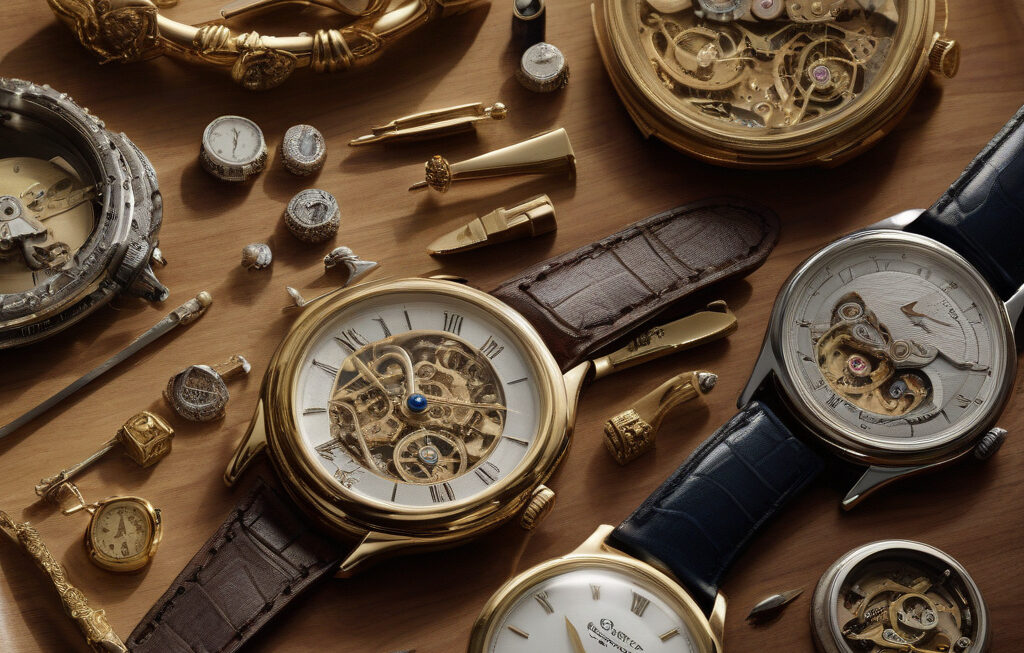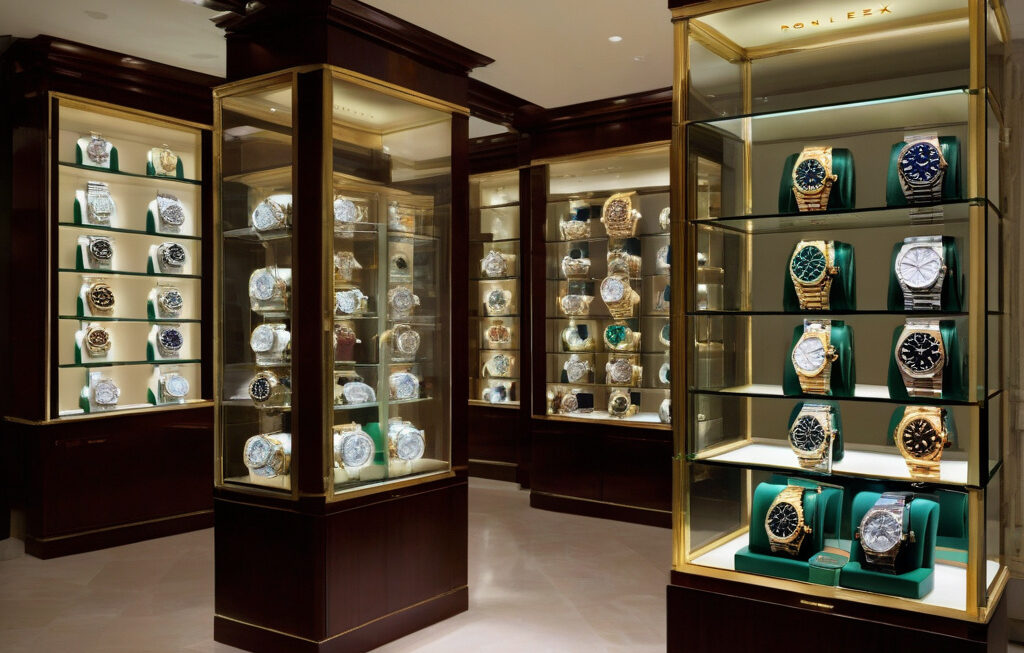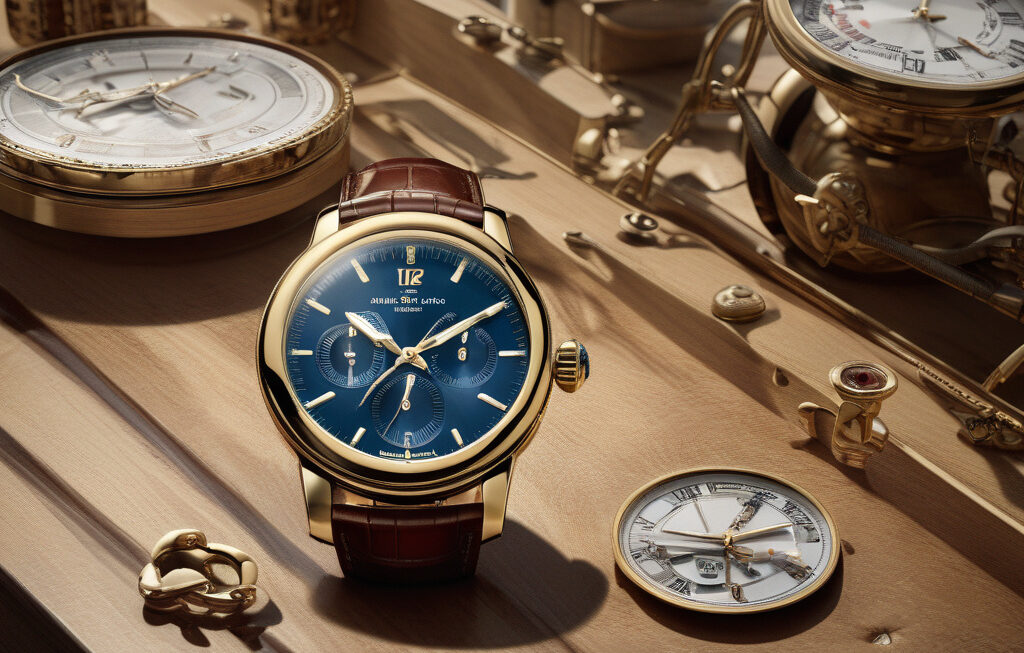Swiss Watchmakers Battle for Their Future
The Swiss watchmaking industry, known for its precision, craftsmanship, and timeless elegance, is currently facing one of its biggest challenges yet. With double-digit sales declines and a crisis of relevance looming large, traditional watchmakers are now forced to adapt or risk fading into obscurity.
In a world where technology and innovation are driving forces of change, the age-old art of watchmaking is struggling to keep up. The rise of smartwatches and wearable technology has posed a significant threat to the traditional timepiece market. Younger consumers, in particular, are more inclined towards devices that offer multifunctionality and connectivity, rather than just telling time.
Cyrille Vigneron, former Cartier boss, aptly captured the essence of the situation by stating, “A watch has become a cultural object of sophistication… but culture has to constantly reinvent, otherwise it can disappear.” This sentiment underscores the urgent need for Swiss watchmakers to innovate and evolve in order to stay relevant in today’s fast-paced world.
Some Swiss watchmakers have already started to embrace change by incorporating modern features into their timepieces. For instance, TAG Heuer, a luxury Swiss watch brand, has ventured into the smartwatch market with its Connected line. By combining traditional watchmaking techniques with cutting-edge technology, TAG Heuer has successfully catered to a new generation of consumers who value both style and functionality.
Similarly, Swatch, another iconic Swiss watch brand, has embraced innovation by introducing colorful, affordable watches that appeal to a younger demographic. By focusing on creativity, accessibility, and self-expression, Swatch has managed to carve out a unique position for itself in the competitive watch market.
In addition to embracing technological advancements, Swiss watchmakers are also exploring new avenues for growth and sustainability. Sustainability, in particular, has become a key focus area for many watch brands, as consumers are increasingly demanding ethically sourced materials and environmentally friendly practices.
For example, Chopard, a Swiss luxury watch and jewelry brand, has made significant strides in sustainable watchmaking by using ethically sourced gold and committing to reducing its carbon footprint. By aligning their values with those of today’s socially conscious consumers, Chopard has not only enhanced its brand reputation but also secured its position as a forward-thinking industry leader.
Despite the challenges that lie ahead, the future of Swiss watchmaking is not entirely bleak. By adapting to changing consumer preferences, embracing innovation, and staying true to their heritage of quality and craftsmanship, Swiss watchmakers can continue to thrive in the ever-evolving market.
In conclusion, the battle for the future of Swiss watchmaking is well underway. By heeding the call for reinvention and relevance, traditional watch brands can overcome the current crisis and emerge stronger and more resilient than ever before.
#SwissWatchmakers, #InnovationInWatchmaking, #TimelessElegance, #SwissLuxury, #WatchIndustryTrends












